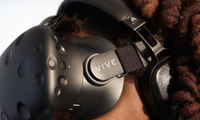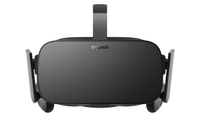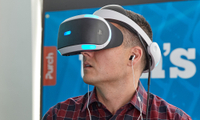PlayStation VR vs. Oculus Rift vs. HTC Vive: Which Should You Buy?
With so many strong candidates vying for your VR dollar, it can be difficult to find the right system for you. But fear not! Our three-way face-off should help you decide.
PlayStation VR has finally arrived and you, tech-savvy consumer that you are, find yourself at a three-forked road. In one direction lies the HTC Vive ($799) with its room-tracking technology that lets you walk around in a virtual space. The Oculus Rift ($599) has a solid library of games, apps and movies, and the long-awaited Touch controllers ($199) have finally arrived.
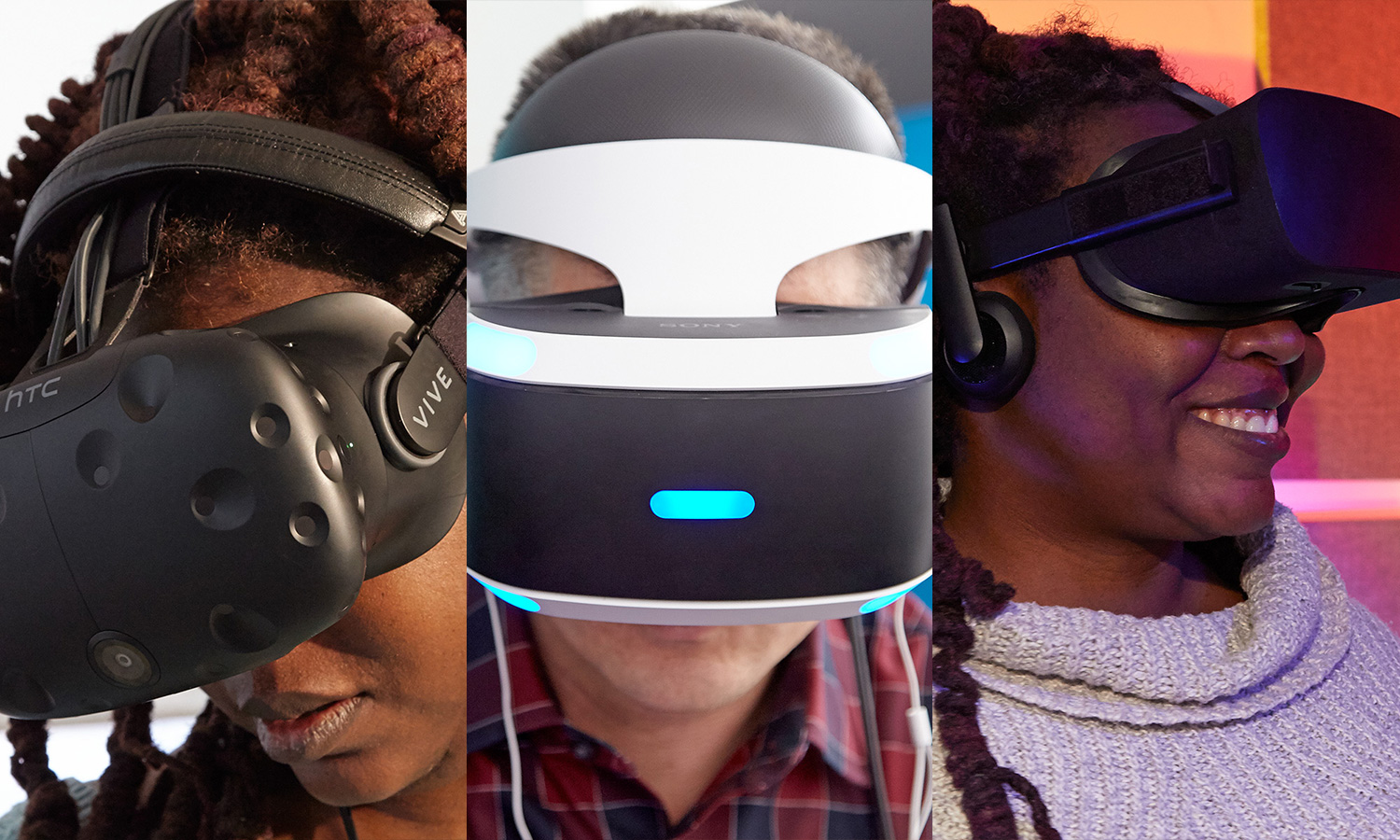
Then there's the PlayStation VR ($399 for headset, $528 with camera and controller), which offers titles from popular developers such as Rocksteady Games and has a built-in audience of loyal PlayStation 4 owners, which makes for a cheaper entry point.
With so many strong candidates vying for your VR dollar, it can be difficult to find the right system for you. But fear not! Our three-way face-off should help you decide.
Design
In the world of high-end VR head mounted displays, every company has their own aesthetic vision.
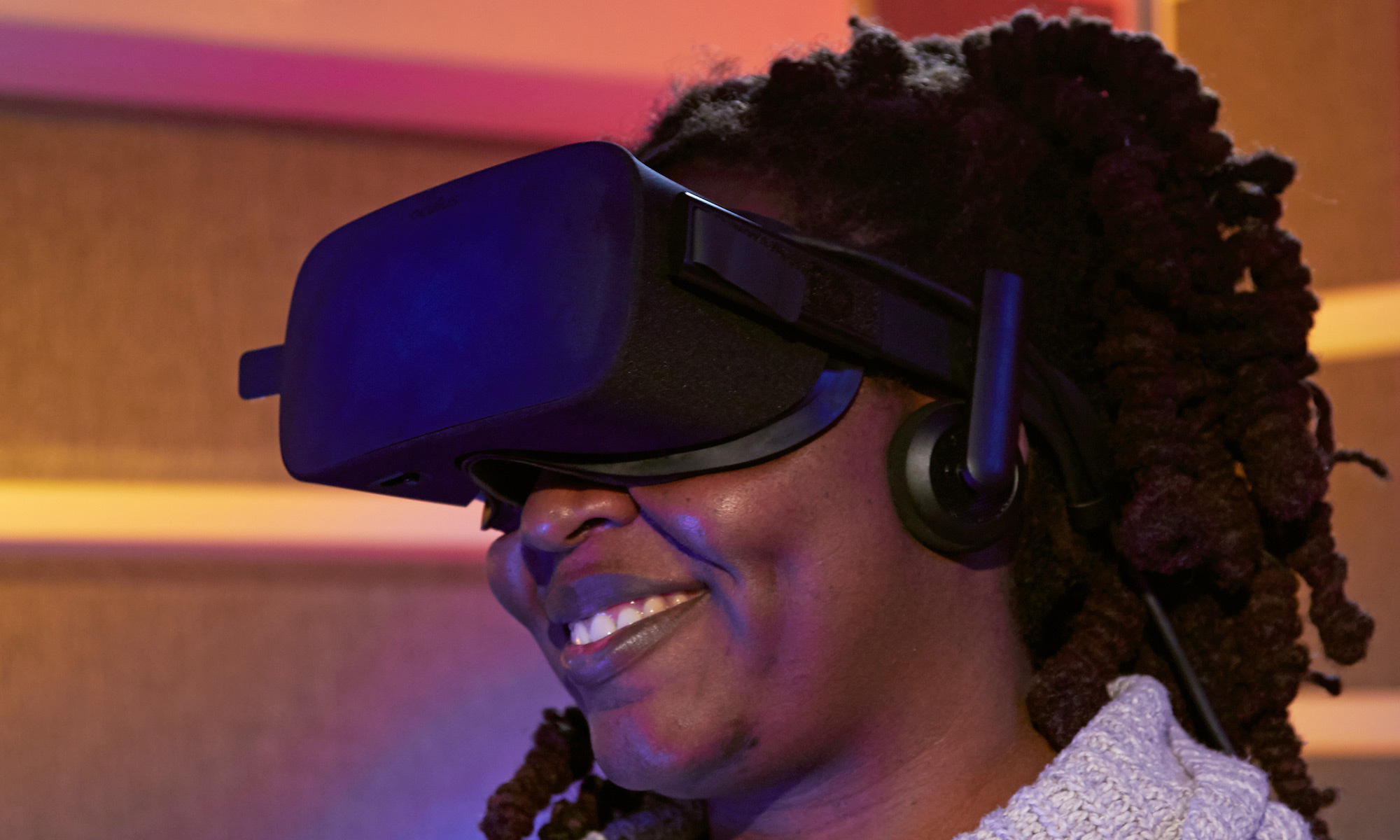
MORE: Oculus Rift Review: Worth the Hype
The Rift's black plastic chassis is all about clean lines and gentle curves while the Vive and its strategically placed photo sensors makes the wearer look like they stepped out of a sci-fi anime. The PS VR is a conglomeration of black and white plastics, glowing tracking lights and a black undisclosed material for the headband. No matter the look, I wouldn't be caught dead wearing one of these public.
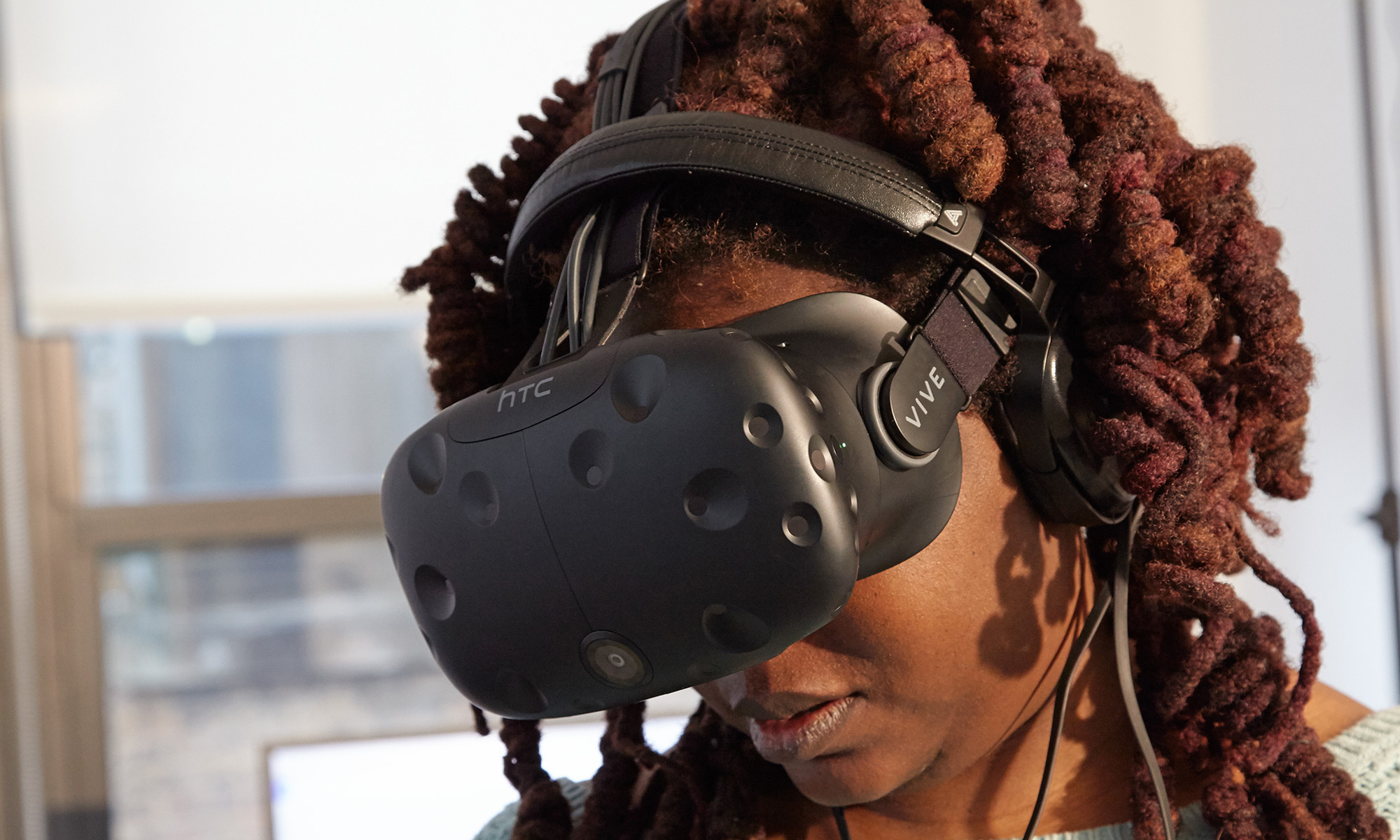
MORE: HTC Vive Review: The Cost of True VR Freedom
At 1.3 pounds, the PS VR is a tad heavy compared to the Vive (1.2 pounds) and the Rift (1.03 pounds). Despite its heavyweight status, it still manages to be the most comfortable out of the three.
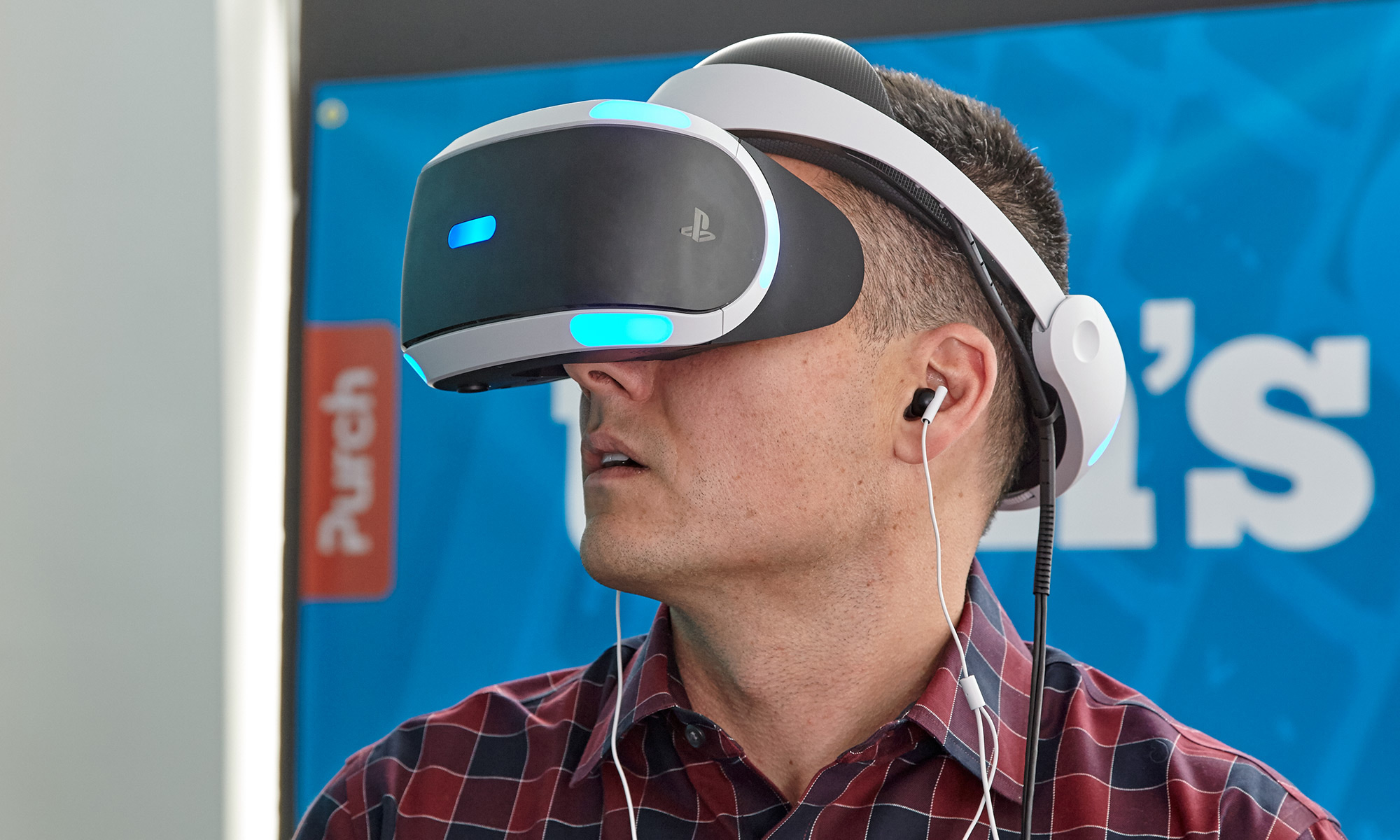
MORE: PlayStation VR Review: Serious Fun for a Sane Price
Instead of pressing the headset into your face for inordinate amounts of time like the Rift and Vive, when worn correctly, the PS VR's rubber light guards should gently brush against your cheeks. That means you won't have those unsightly HMD marks on your face when it's time to disembark. The bulk of the headset's weight lies in the rear of the device, which makes for a more comfortable wearing experience.
Winner: PlayStation VR. Despite being the heaviest headset, PS VR's clever design ensures that you'll never feel those extra ounces.
Setup
Some HMDs require a bit more setup than the others, and it shows by what's included in the box. The Vive requires the most space and time to get running, needing a whopping seven power outlets just to power everything. Once that's covered there's the matter of positioning the two base stations, connecting the HTC Media Link to the Vive and the PC, and mapping the room using the pair of controllers. It's a lot of moving parts, especially when you consider you might have to drill the base stations into position along your wall.
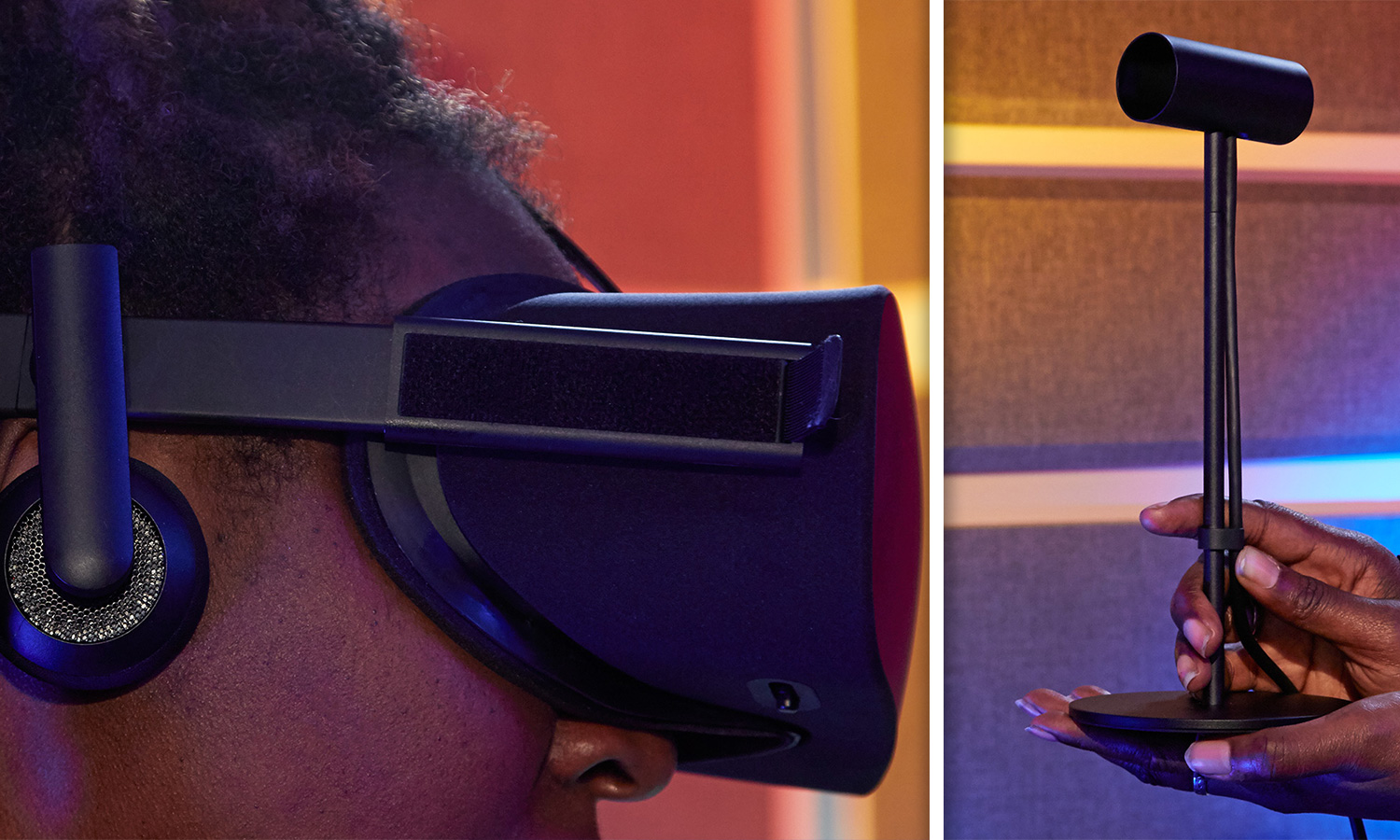
The PS VR doesn't require as much work, but there's a bit of effort involved. Once you unpack the headset, there's the matter of setting up the processing unit, which requires running cables between the television and the PlayStation 4. From there, you have to plug the camera into the console and connect the headset to the processing unit before powering everything on.
MORE: Best VR Headsets
The Rift is by far the easiest to set up, taking just about 2 minutes. You simply plug the sensor into an awaiting USB 3.0 slot on your PC or laptop. Just make sure you have another USB 3.0 slot and an HDMI 1.4 port to accommodate the headset,and you'll be good to go on the hardware front.
Winner: Oculus Rift. The Rift is the king of the "no muss, no fuss" setup.
Specs and Features
When it comes to specs, the Rift and the Vive are almost identical. Both headsets feature 2160 x 1200 OLED displays that deliver a resolution of 1080 x 1200 per eye with a 90Hz refresh rate and a 110-degree field of view.
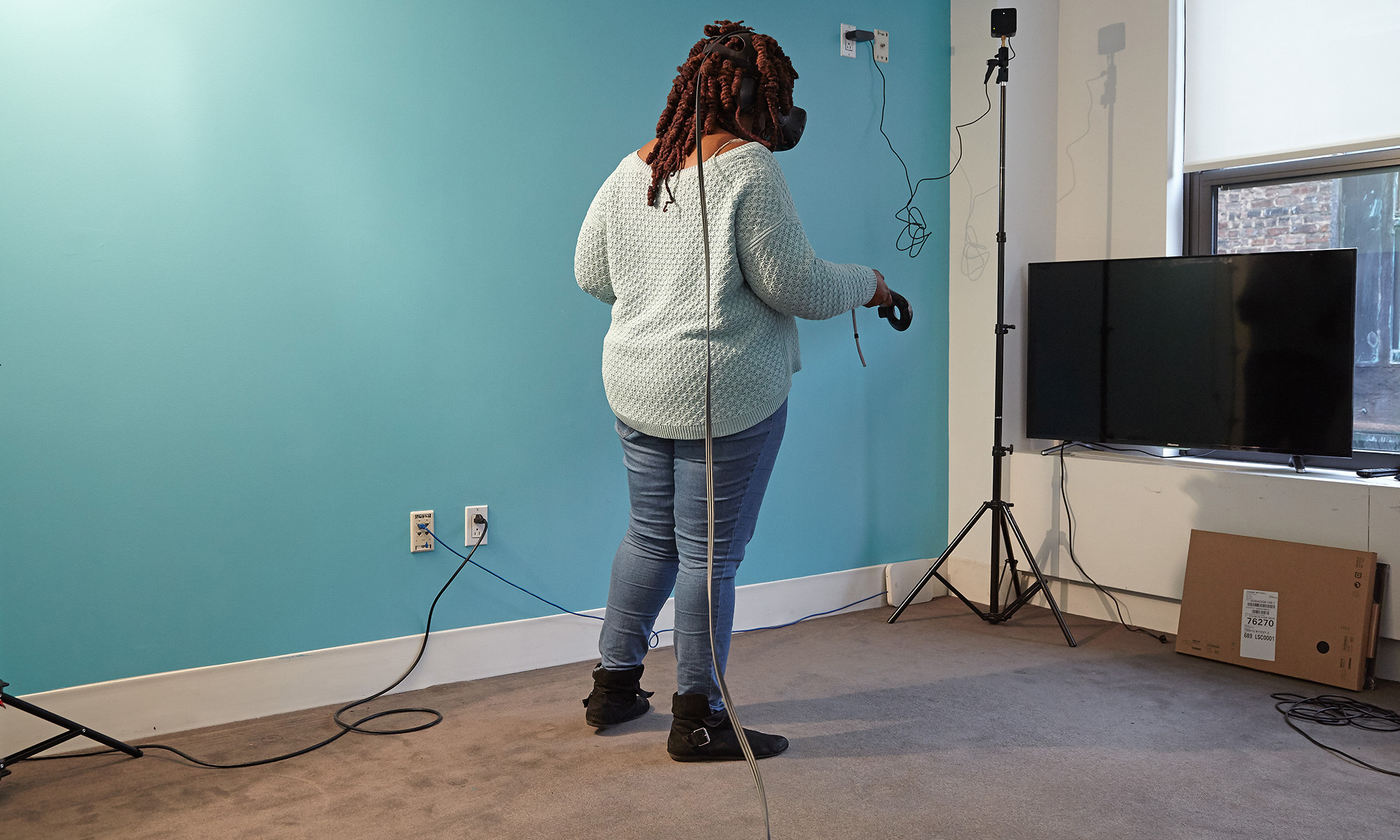
The PS VR offers a single 1920 x 1080 display, which offers 960 x 1080 per eye with a 100-degree FOV. As far as the refresh rate, Sony says that it can range between 90Hz or 120Hz depending on the game.
In terms of built-in sensors, each headset has an accelerometer and gyroscope. However, the Rift has a magnetometer with 360-degree positional tracking while the PS VR relies on its Sony's Sixasis motion-sensing tech for tracking. In order to achieve walkable room-scaling, the Vive relies on a laser-position sensor and front-facing camera.
But before you get to the fun and games, you'll have to mark out a certain amount of space for your new virtual playland. The Vive requires at least 15 x 15 feet, while the Rift needs 5 x 11 feet. The PS VR is in the middle at 9.8 x 6.2 feet.
Winner: HTC Vive. The Vive requires a lot more space than its competitors, but it's worth it when you're taking a literal stroll through your virtual landscape.
What's Included
Out of the box, the Rift features the headset, sensor, remote, cables and an Xbox One controller. It's almost no-frills when compared to the competition. In addition to the headset, the base configuration of the PlayStation VR has the PlayStation Camera, processing unit, a pair of earbuds and the requisite cables.
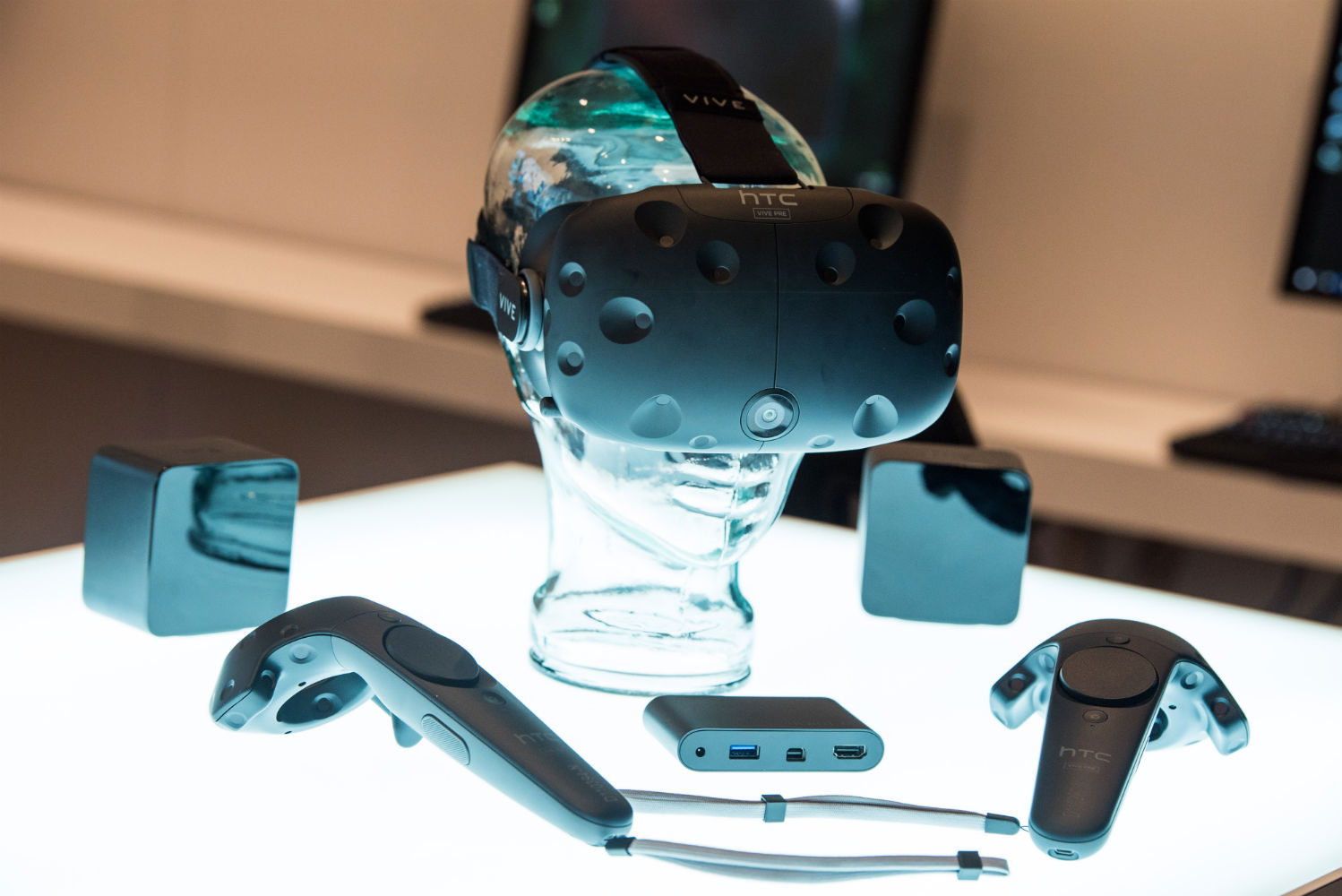
But the Vive is the motherlode with the headset, two controllers, two base stations, and HTC Link -- each with its own charging cable.
Winner: HTC Vive. HTC provides everything you need for a complete VR experience.
Hardware Requirements
Virtual reality is more than just a headset. It also needs a PC/laptop or console to power everything. The PS VR can work with either the PlayStation 4 ($288), Slim ($299) or Pro ($399). If you want to use a gaming laptop with your Rift or Vive, it will need with at least an Intel Core i7-6700HK processor, 8GB of RAM and Nvidia GeForce GTX 970 GPU, two USB 3.0 ports, HDMI 1.4, a 1920 x 1080 display and Windows 7 or above.
Oculus has recently lowered the bar for entry for the Rift, requiring at minimum an Intel Core i3-6100 or AMD FX 3450 CPU, 8GB of RAM and either an Nvidia GeForce GTX 960 GPU or AMD Radeon RX 470 GPU. There is a caveat in the fact that Oculus is no longer supporting Windows 7. However, the lower-tier specs means that you can snag a compatible system starting as low as $499.
MORE: Best Gear VR Games
The Vive needs a more powerful system, one outfitted with at least an Intel Core i5 4590 or AMD FX 8350 or greater, 4GB of RAM with either HDMI 1.4 or DisplayPort 1.2 and at least one USB 2.0 with Windows 7.
Winner: PlayStation VR. Every iteration of the PlayStation is cheaper than the most cost-effective Oculus-friendly PC.
Motion Tracking
Three headsets -- three ways to track motion.
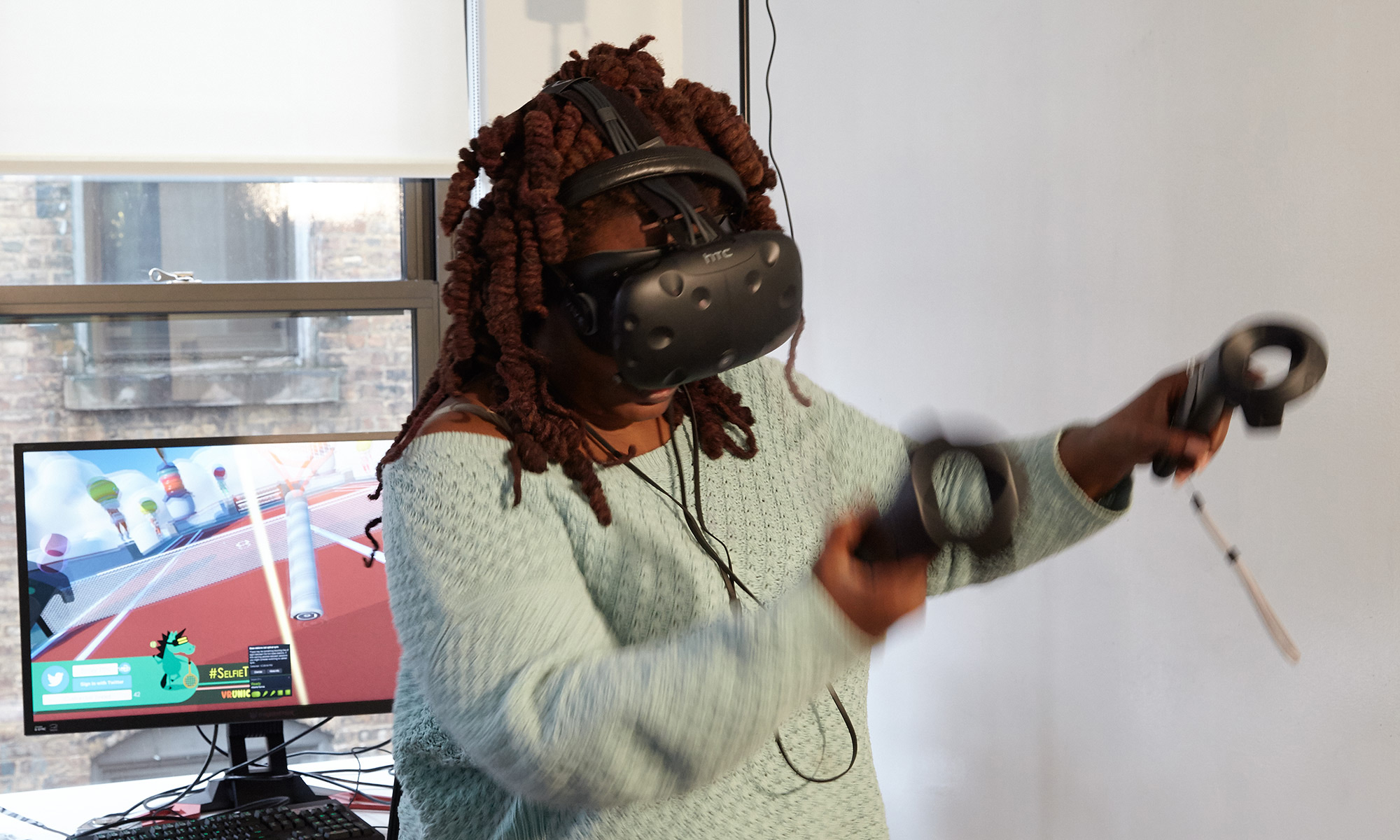
The Vive's "Lighthouse" base stations bounce lasers off the light sensors located on the headset and controllers. It's sort of like echolocation, but with lasers. Just keep in mind that the base stations have to be a minimum 6 feet apart. Neither the Rift or the PS VR are that complex.
The arrival of Oculus' Touch controllers adds another sensor to the original setup, allowing for limited room tracking. Currently, labeled as an experimental feature, you have to place the sensors between 3 to 7 feet apart in opposite corner of the room. From there, the sensors will track the Touch controllers. In the future, the Rift's room-tracking will incorporate three sensors for an experience on a par with the Vive. For standard experiences, the Rift relies on its Constellation system which can support one or several optical sensors, which is fine for either seated or standing experiences.
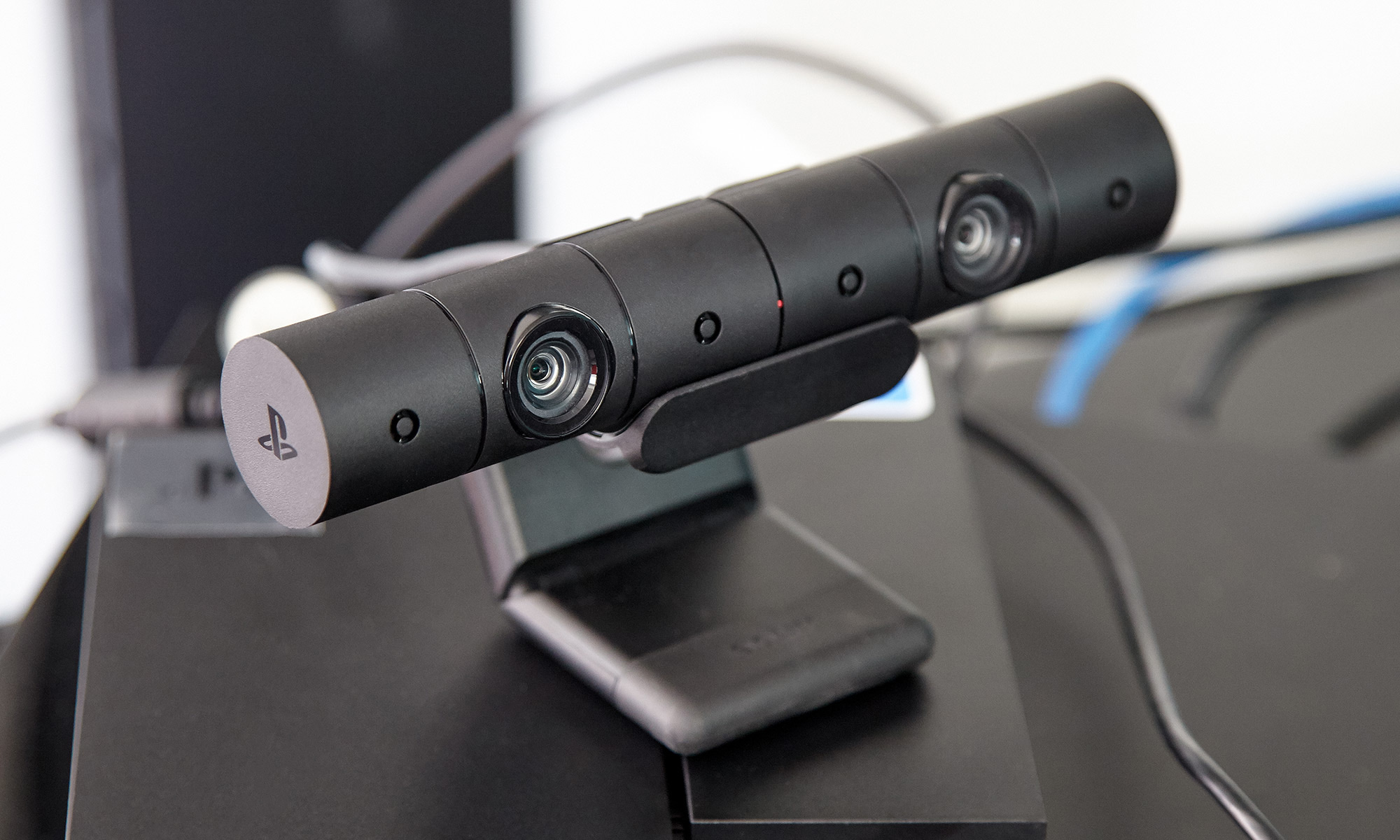
As for the PS VR, it's just you, the headset and the PS camera. Sony uses Sixaxis tech (comprised of a three-axis gyroscope and a three-axis accelerometer)that’s built into the headset, which is accented by the glowing blue lights. Although the setup does allow for seated and standing experiences, you can't walk around the room as you can with the Vive or Rift.
Winner: HTC Vive. Unfortunately, at the time of this writing, I have yet to test the Rift's room-scaling capabilities. That means that for now, the Vive has the best motion-tracking setup.
Touch Controllers
It's time to reach out and touch someone or something.
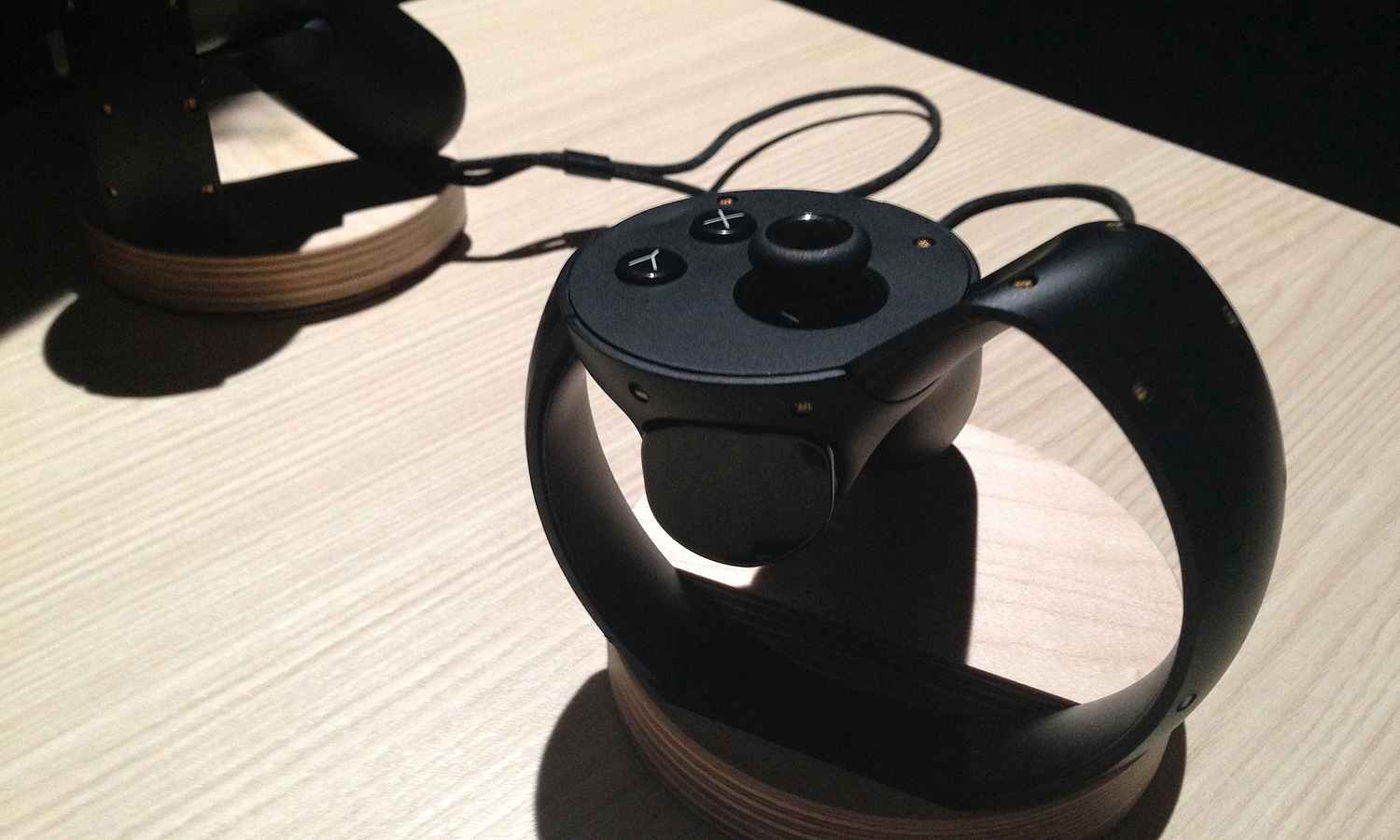
Now that Oculus' Touch controllers are shipping, each of the high-end headsets has its own set of devices designed to mimic your hands (or whatever an app maker programs them to be).
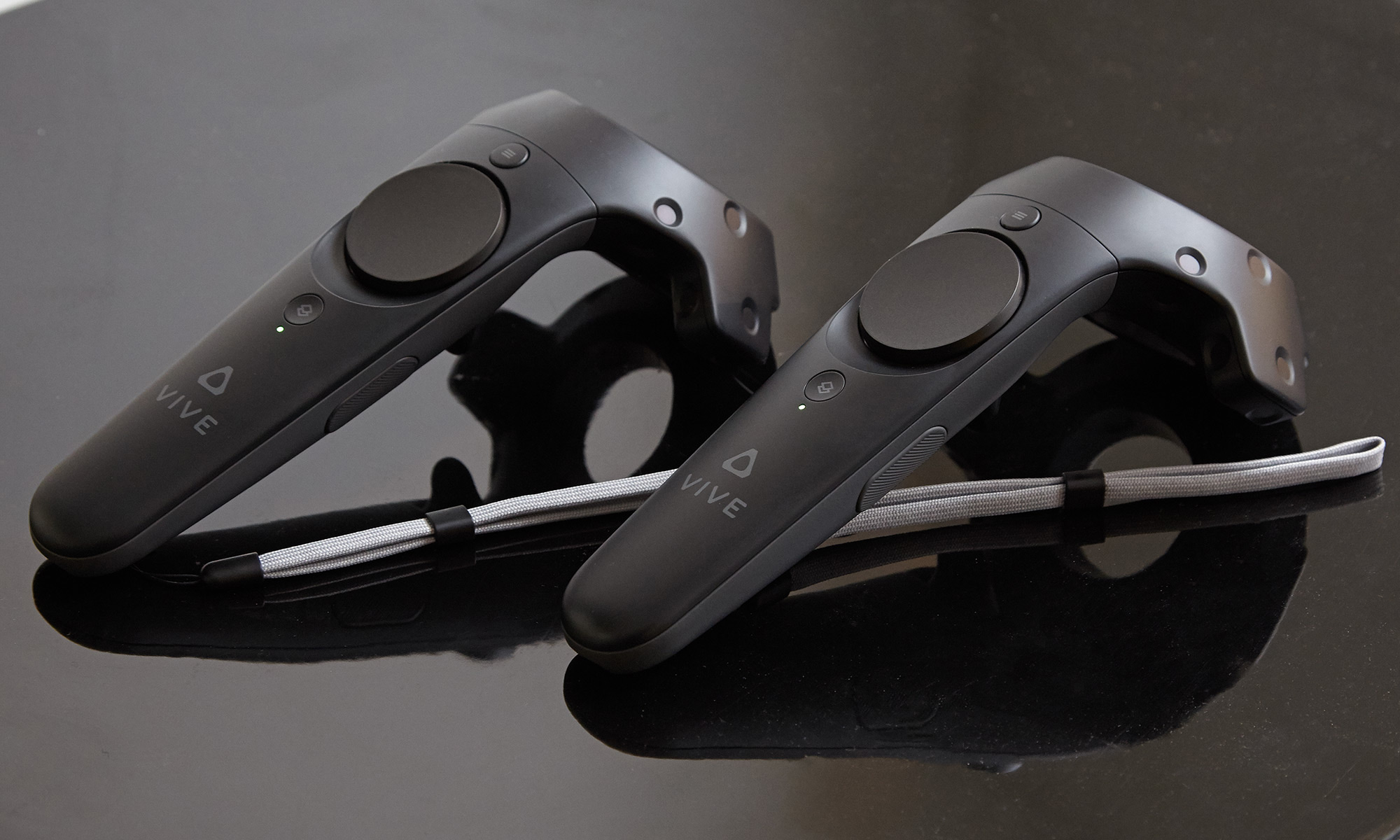
Using the Vive controllers, I've found that they are the heaviest of the bunch, but also the most versatile, thanks to the built-in touchpads, trigger and side-mounted buttons. In games that call for teleportation, the Vive controllers deliver a better experience. I also like using the side buttons during shooting games, since it makes me feel like I'm actually holding a weapon. However, it can take a little while to adjust to the buttons and touchpad.
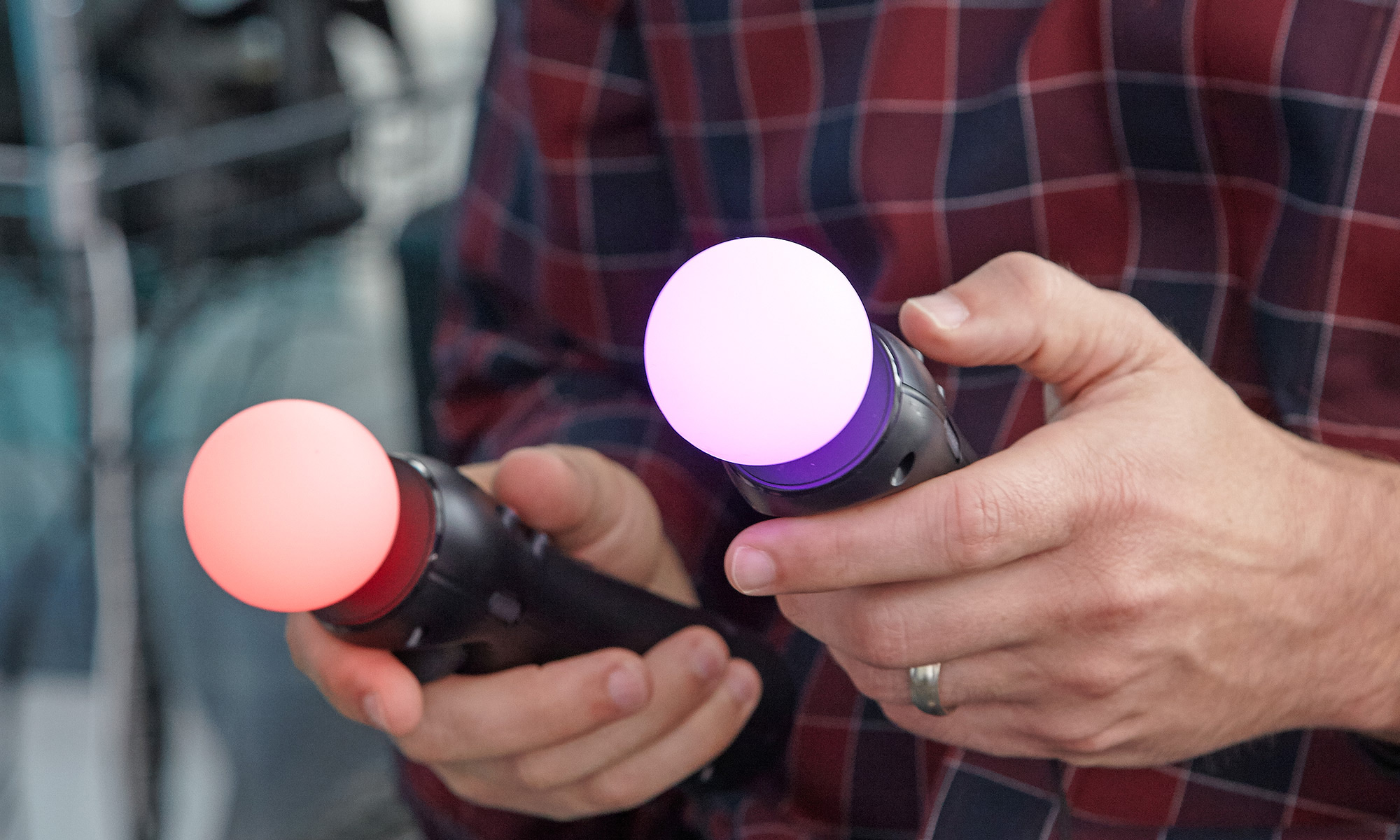
The PlayStation Move controllers are the same devices that worked PlayStation 3, down to the white tracking globe on the top. While lighter than the Vive controllers, Move does have some heft to it. Move does a solid job of acting as my surrogate hands, weapons or mode of transportation.
In terms of battery, the Move seems to have a shorter battery life than the Vive controllers. I found that I would get the low battery indicator after three hours of use. I had a more difficult time getting adjusted to the tiny face buttons surrounding the large move button.
MORE: Best Gear VR Apps
Like the Rift headset, the Oculus Touch controllers are featherlight. Comprised of a pair of back-mounted triggers, three face buttons and an analog stick, the Touch controllers are ergonomically efficient. In action, I found the controllers delivered accurate response with no noticeable latency. But the best thing about the Touch controllers hands down, is how well they're able to mimic your appendages.
Having the ability to flex individual fingers is a revelation for game play and social interaction. Now, I can wave, point or give a real thumbs up when I'm playing with friends. Even the action of holding a gun feels much more natural. My only complaint so far is that in games where the analog sticks are used for teleporting, I'd accidently nudge one of them, making me miss important shots. But on a whole, the Oculus Touch controllers offer unparalleled immersion when it comes to virtual exploration.
Winner: Oculus Rift. Outside the initial learning curve, the Touch controllers provide a lightweight, intuitive way to get your hands into the game.
Boundary System
When you're wearing a VR headset over the majority of your face. It pays to have something to make sure you don't go crashing into a wall or tripping over a piece of furniture.
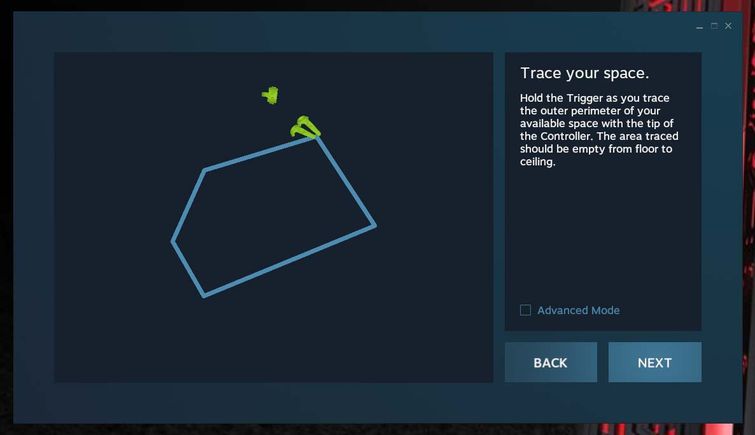
The Vive has the grid-based Chaperone system, which layers a colored grid when you get too close to an obstacle during your adventures in VR. And just in case a pet or a person wanders in your play area, the headset will show an infrared outline of the outside world, or what I like to call "Predator Vision.”
Oculus recently announced its Guardian system, which is currently only available to developers. However, when it comes out of beta, it will be similar to the Vive's Chaperone system.
Since PS VR isn't designed for room scale, Sony hasn't made a built-in boundary system. However, Nyko is making a third-party peripheral that will create a boundary system using strategically-placed sensors that will beep when you come too close.
Winner: HTC Vive. The Vive's camera, with its pass-through ability, gives the headset a distinct advantage over the competition.
Games and Apps
As cool each of these headsets are, they're only as good as their software. To date, Valve claims that the Steam store has over 600 games and apps for the Vive. However, many of those titles are short demo experiences, leaving the actual numbers of full-fledged games and apps a lot lower.

The Rift might not have as many games as Vive, but Oculus' continued investment in developers has yielded some great titles. These include Chronos, Insomniac Games' Road to Nowhere and Feral Rites, as well as the upcoming The Unspoken. You also have popular games such as Eve: Valkyrie, Keep Talking and Nobody Explodes and Elite Dangerous.
Since it launched, Oculus has been busy at work seeding its library with a fund for developers to create unique experiences for the Rift. To date, the company has 100 titles in its library and projected to hit 150 by the end of the year. The company recently pledged a whopping $250 million for the next round of diverse apps, games and experiences. To date, Oculus just earned its first Emmy Award for the animated short "Henry." To coincide with the launch of the Touch controllers, Oculus is adding 53 more games and apps.
MORE: Best VR-Ready Gaming PCs
PS VR launched with 30 titles, including Batman: Arkham VR and Until Dawn: Rush of Blood. Several well known developers and publishers have signed on to create games for the nascent system, such as Double Fine and Capcom.
Winner: Oculus Rift. The Rift offers the best selection of apps and games covering a range of genres.
Price and Value
The PS VR is priced at $399, which includes the headset, processing unit and all of the cables, minus one HDMI port. That means if you don't already have the Move controllers or a PlayStation camera, you're going to have to shell out $35 per controller and $59 for the camera, upping the price to $528. That's still cheaper than the HTC Vive, which costs $799.
The Rift is priced at $599, but if you want the Touch Controllers you’ll have to fork over $798. If you want your Rift to do room-scale, you'll have to fork over another $79, which brings the total up to $874.
Winner: PlayStation VR. PlayStation VR is by far the cheapest option for consumers interesting in getting into virtual reality.
Bottom Line
To date, the HTC Vive remains my top choice for a high-end virtual reality experience, due in large part to its room-scaling capabilities.
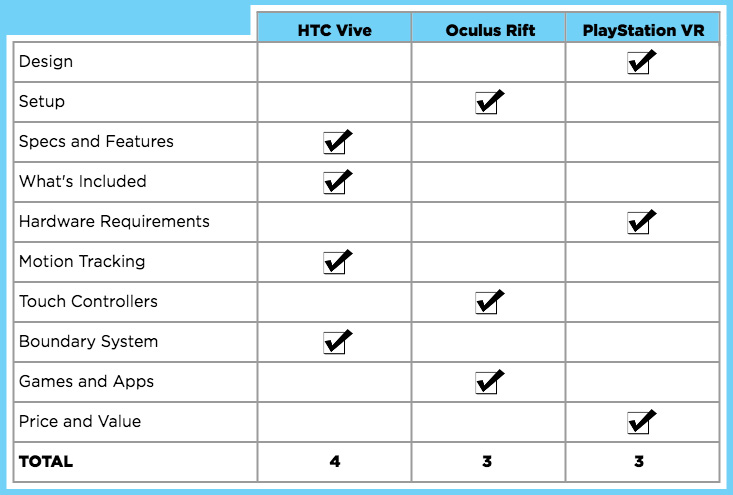
Despite the inordinate amount of space and setup required, when it's all said and done, the Vive consistently delivers those Wow! Moments.
However, the Oculus Rift is right on its heels with a laughably easy setup, lightweight and easy-to-use Touch controllers and an ever-expanding library of grade-A games and apps funded by the company.
However, the Oculus Rift is right on its heels with a laughably easy setup, lightweight and easy-to-use Touch controllers and an ever-expanding library of grade-A games and apps funded by the company.
Sign up to get the BEST of Tom's Guide direct to your inbox.
Get instant access to breaking news, the hottest reviews, great deals and helpful tips.
Sherri L. Smith has been cranking out product reviews for Laptopmag.com since 2011. In that time, she's reviewed more than her share of laptops, tablets, smartphones and everything in between. The resident gamer and audio junkie, Sherri was previously a managing editor for Black Web 2.0 and contributed to BET.Com and Popgadget.
